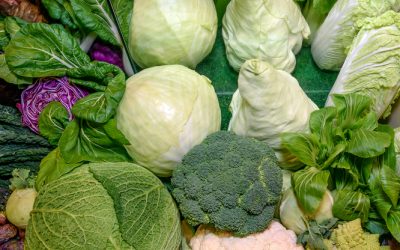Health Benefits and Clinical Impact of Red Yeast Rice
RYR is a Chinese traditional food produced by fermenting cooked rice kernels with yeast Monascus purpureus, which turns rice into reddish purple kernels due to its pigmenta- tion capability. The use of RYR in China dates back to first century AD. It has been used as preservative and coloring agent for fish and meat. RYR is also mentioned in ancient Chinese pharmacopeia of medicinal food and herbs states that it is being used as a medicine for digestion and revitalization (Heber et al. 1999a). Commercially red yeast rice is produced by solid state fermentation (Fig. 1) of rice with yeast Monascus purpureus that belongs to the family Aspergillaceae (Wang and Lin 2007). Monascus rice products are gaining importance as dietary supplement in United States and many Asian countries, due to its anti- cholesterol activity. RYR is produced by traditional fermentation contains chemical constituents that resemble HMG-CoA reductase inhibitors (statins). Statins are the class of hypolipidemic drugs capable of reducing choles- terol by inhibiting enzyme HMG-CoA reductase enzyme, a rate limiting enzyme of mevalonate pathway of cholesterol synthesis.
RYR contains nine major chemical constituents which are chemically resembled to statins (Heber et al. 1999a). Different types of monacolin have been studied from RYR, Where monacolin K was found to be identical to lovastatin (Hong et al. 2008). Lovastatin is also a class of HMG-CoA reductase inhibitors used for lowering of cholesterol levels. Lovastatin is also isolated from a fungi Aspergillus terreus (Bobek et al. 1998). The other constituents such as unsaturated fatty acid and sterols (Table 1) are reported to give synergistic effect for its hypolipidemic activity (Wang 1997; Moghadasian and Frohlich 1999). Meanwhile, flavonoids, phytosterols, and pyrrolonic compounds pos- sess potential to reduce blood sugar and triglycerides levels while raising HDL-C. It is also found to be useful in treatment of metabolic syndromes (Wang and Lin 2007). The present review is focused on the study of beneficial role and clinical effects of RYR on human health and the safety and efficacy of RYR in the usage of human being for the treatment and management of various diseases.

